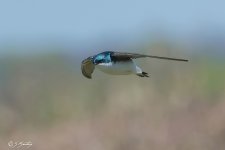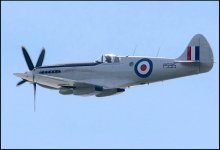- Messages
- 8,368
- Name
- Ian
- Edit My Images
- No
I've been shooting film pretty much exclusively for the last 5 years. My digital camera is a Fuji X-T2.
On Monday I went to a wedding and took a film body with the Canon EF 50mm f/1.8 & 40mm f/2.8 as well as the X-T2 with the 50-140 f/2.8, 18-135 and the 35 f/1.4.
One glaring issue I had was that the X-T2 was positively sluggish in AF response (on all lenses - I know the 35 f/1.4 is not renowned for speed) and I missed a lot of focus, or the moment had passed by the time the camera had decided to take the picture. Picking out people in crowds meant the AF just went where it felt like. Conversely with the EOS30 (eye controlled AF off) and the 2 film lenses, I had a surprisingly superior hit rate. In good light, it was less of a problem, but in low light (at f/2.8 on the zoom and f/2 on the 35) it was dreadful compared to the EF 50mm at f/1.8-2.8
Is this (what I would call) poor AF performance "because it's a Fuji", or "because it's an older camera", or is it something more fundamental in EVF/Mirrorless cameras? If the latter - are there any mirrorless bodies out there that have cured this issue?
Don't get me wrong, I love the X-T2, but the vast majority of my photography has generally been stuff that sits relatively still, where slow/inaccurate AF isn't such an issue. I probably wouldn't have noticed if not for the wedding and my style of documentary photography - especially when it's the evening and everyone is having the most fun.
On Monday I went to a wedding and took a film body with the Canon EF 50mm f/1.8 & 40mm f/2.8 as well as the X-T2 with the 50-140 f/2.8, 18-135 and the 35 f/1.4.
One glaring issue I had was that the X-T2 was positively sluggish in AF response (on all lenses - I know the 35 f/1.4 is not renowned for speed) and I missed a lot of focus, or the moment had passed by the time the camera had decided to take the picture. Picking out people in crowds meant the AF just went where it felt like. Conversely with the EOS30 (eye controlled AF off) and the 2 film lenses, I had a surprisingly superior hit rate. In good light, it was less of a problem, but in low light (at f/2.8 on the zoom and f/2 on the 35) it was dreadful compared to the EF 50mm at f/1.8-2.8
Is this (what I would call) poor AF performance "because it's a Fuji", or "because it's an older camera", or is it something more fundamental in EVF/Mirrorless cameras? If the latter - are there any mirrorless bodies out there that have cured this issue?
Don't get me wrong, I love the X-T2, but the vast majority of my photography has generally been stuff that sits relatively still, where slow/inaccurate AF isn't such an issue. I probably wouldn't have noticed if not for the wedding and my style of documentary photography - especially when it's the evening and everyone is having the most fun.






